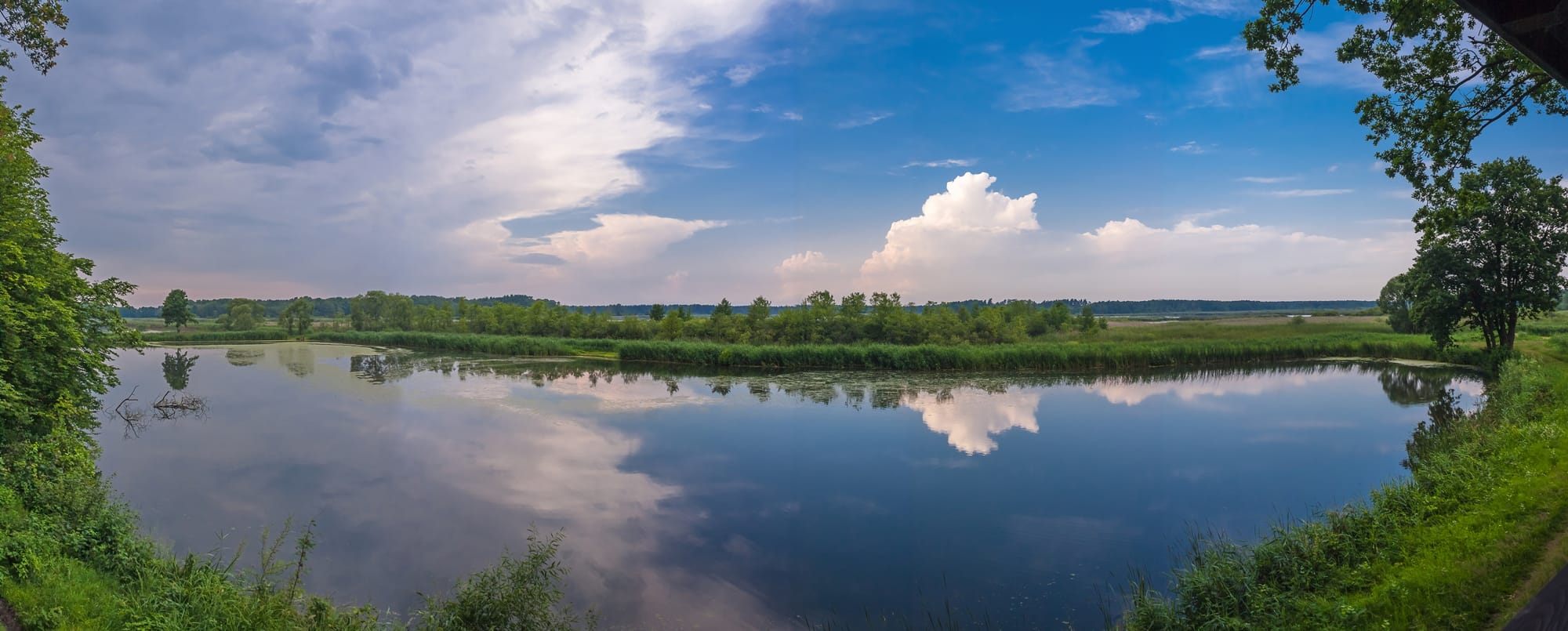Sosnowica Commune
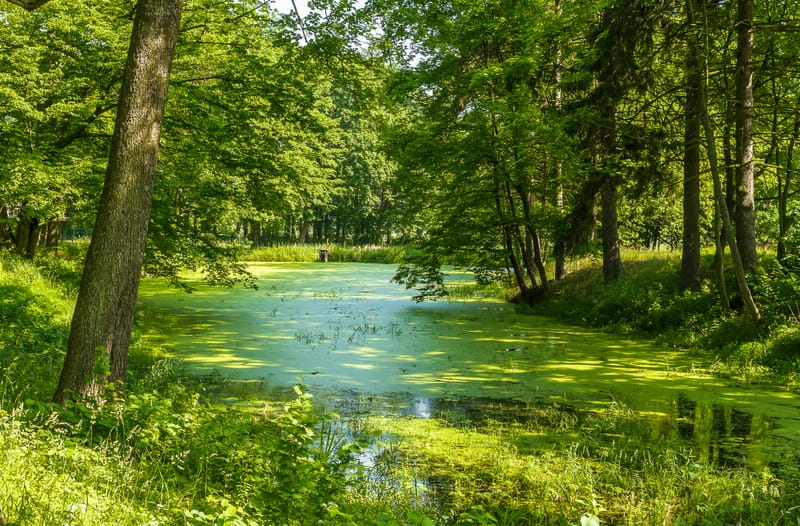
Info and Attractions
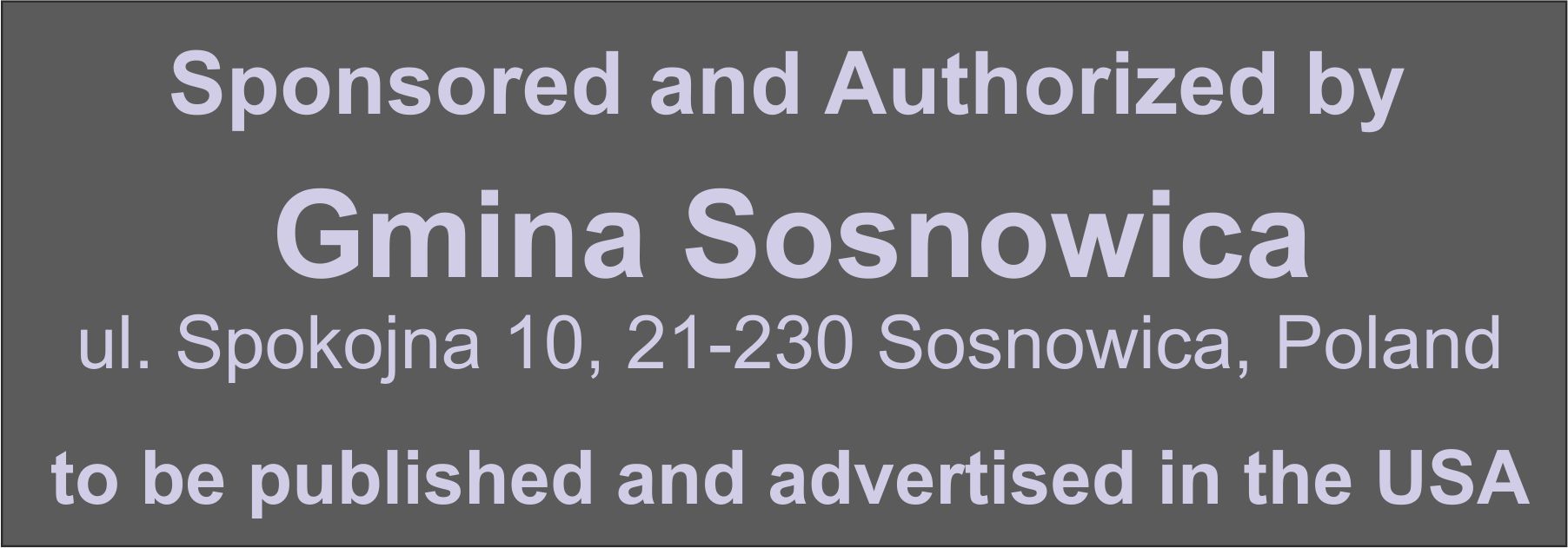 The commune of Sosnowica, like the whole area of Polesie Lubelskie, creates perfect year-round conditions for rest and recreation. The whole area of the commune was included in the "Polesie" International Biosphere Reserve established in 2002, and there are as many as 7 lakes and about 30 breeding ponds among forests, meadows and peat bogs.
The commune of Sosnowica, like the whole area of Polesie Lubelskie, creates perfect year-round conditions for rest and recreation. The whole area of the commune was included in the "Polesie" International Biosphere Reserve established in 2002, and there are as many as 7 lakes and about 30 breeding ponds among forests, meadows and peat bogs.
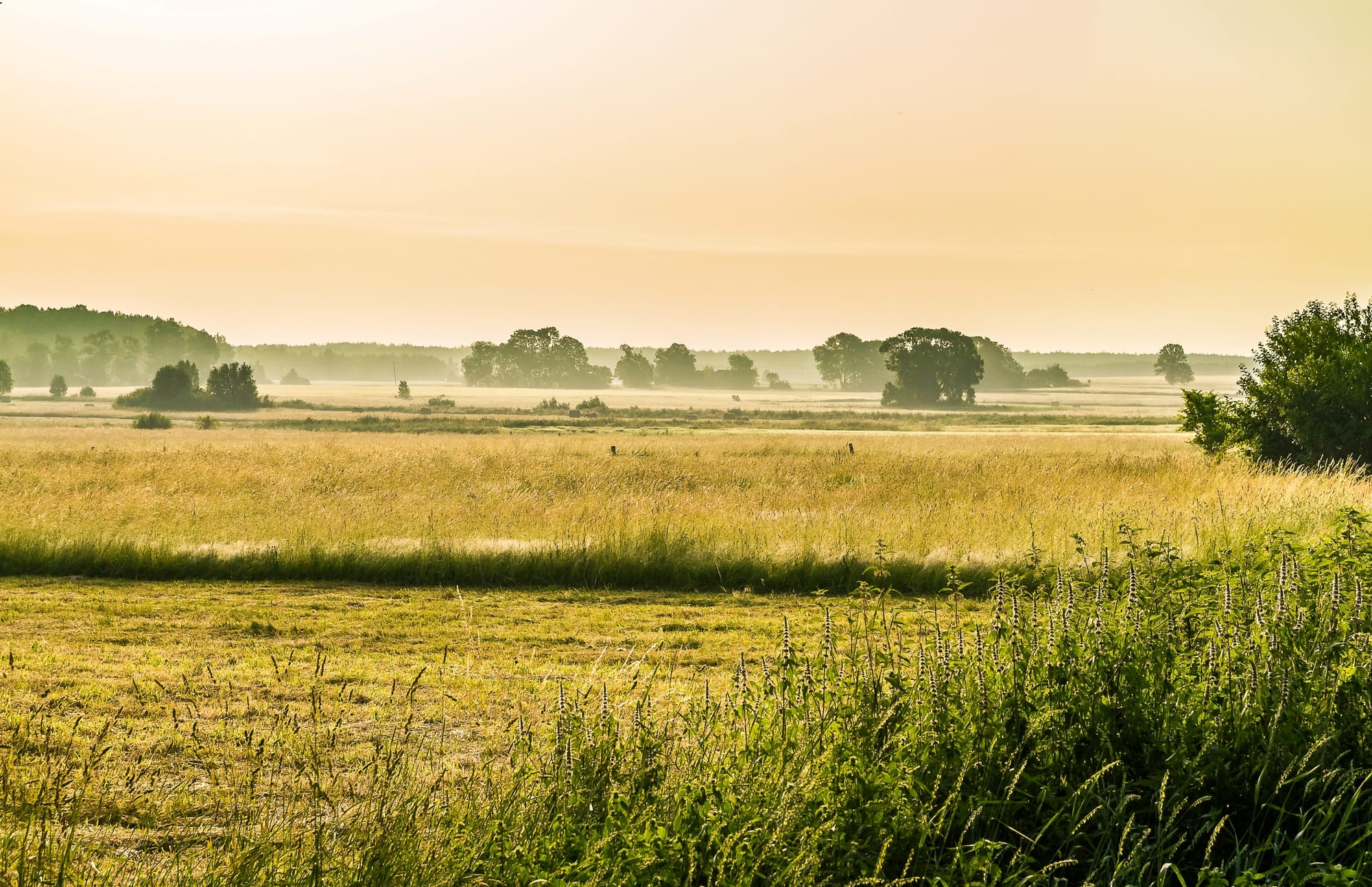 o
o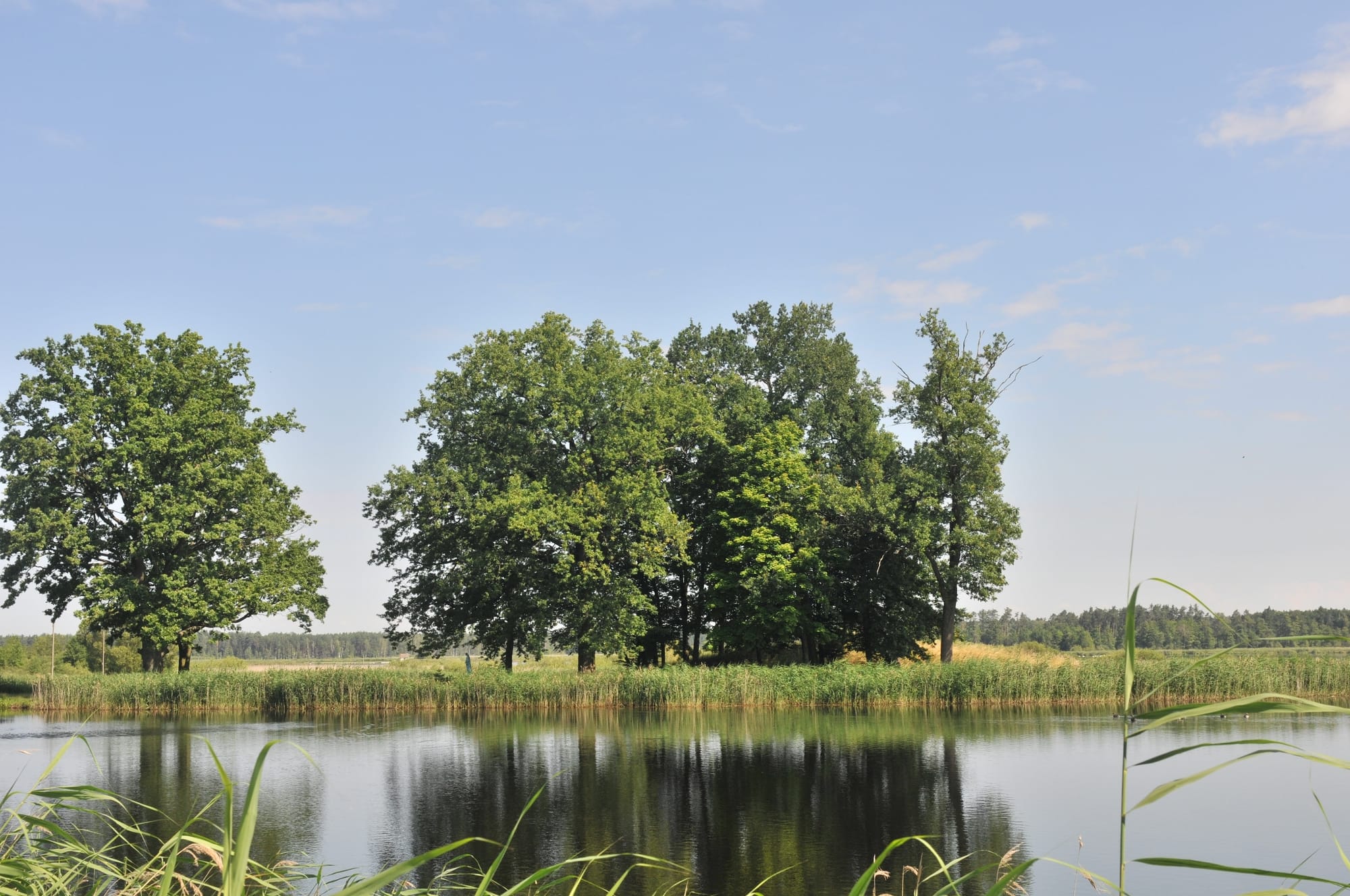
The history of Sosnowica is inseparably connected with the Sosnowski family, of which the most outstanding representative was the Smolensk voivode and Lithuanian field hetman Józef Sosnowski. At his invitation, Captain Tadeusz Kościuszko came to Sosnowica as a teacher. Young Kościuszko taught hetman's daughters of drawing, painting, mathematics and universal history, he also designed the court park and gazebo. Lessons given to Ludwice resulted in mutual but unfulfilled great love. At her sign, the young planted two trees - oak and pine, entwined them together. These trees can be admired until today, although, unfortunately, pine since 2002. lies at the foot of a majestic oak.
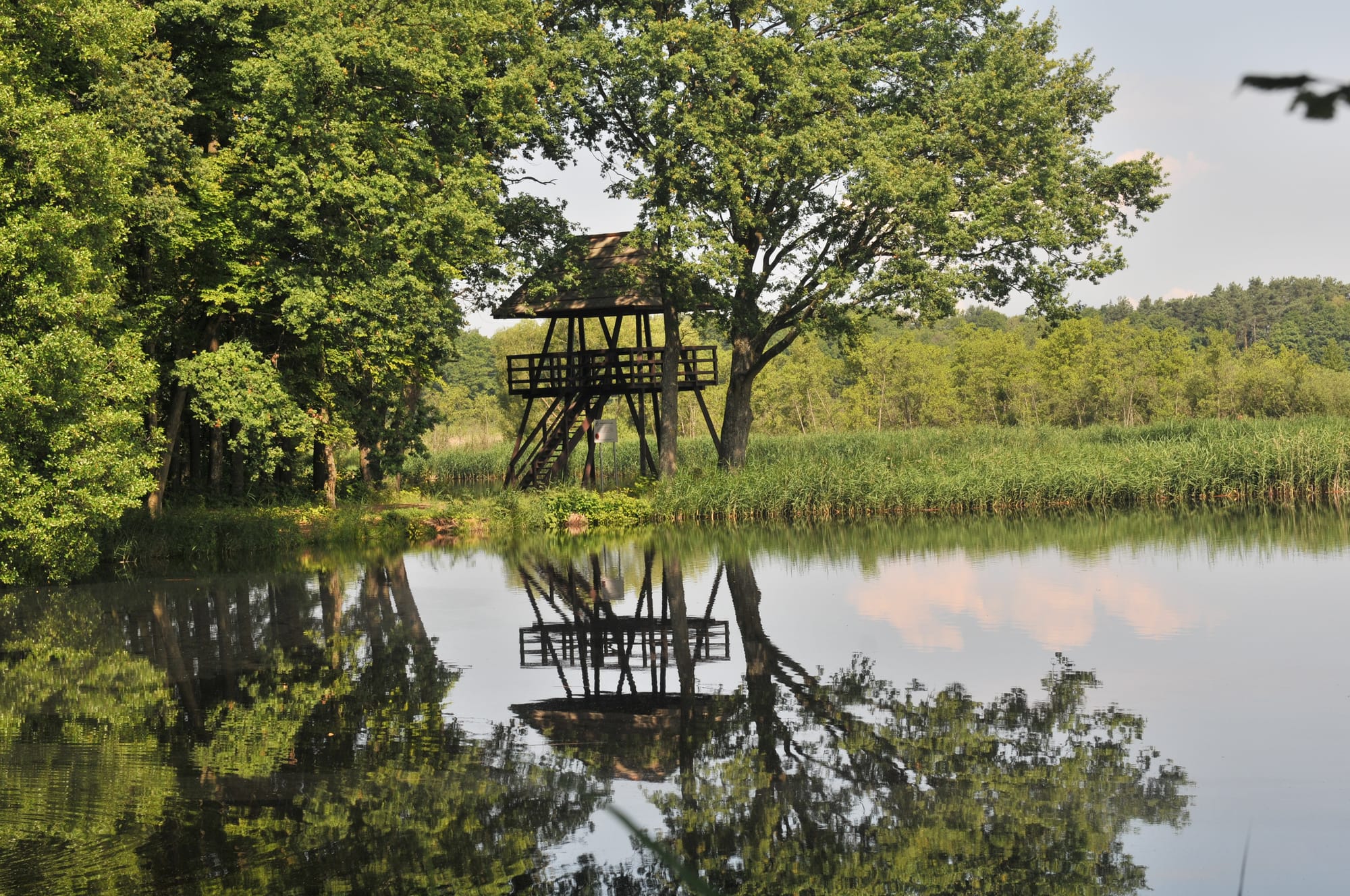 o
o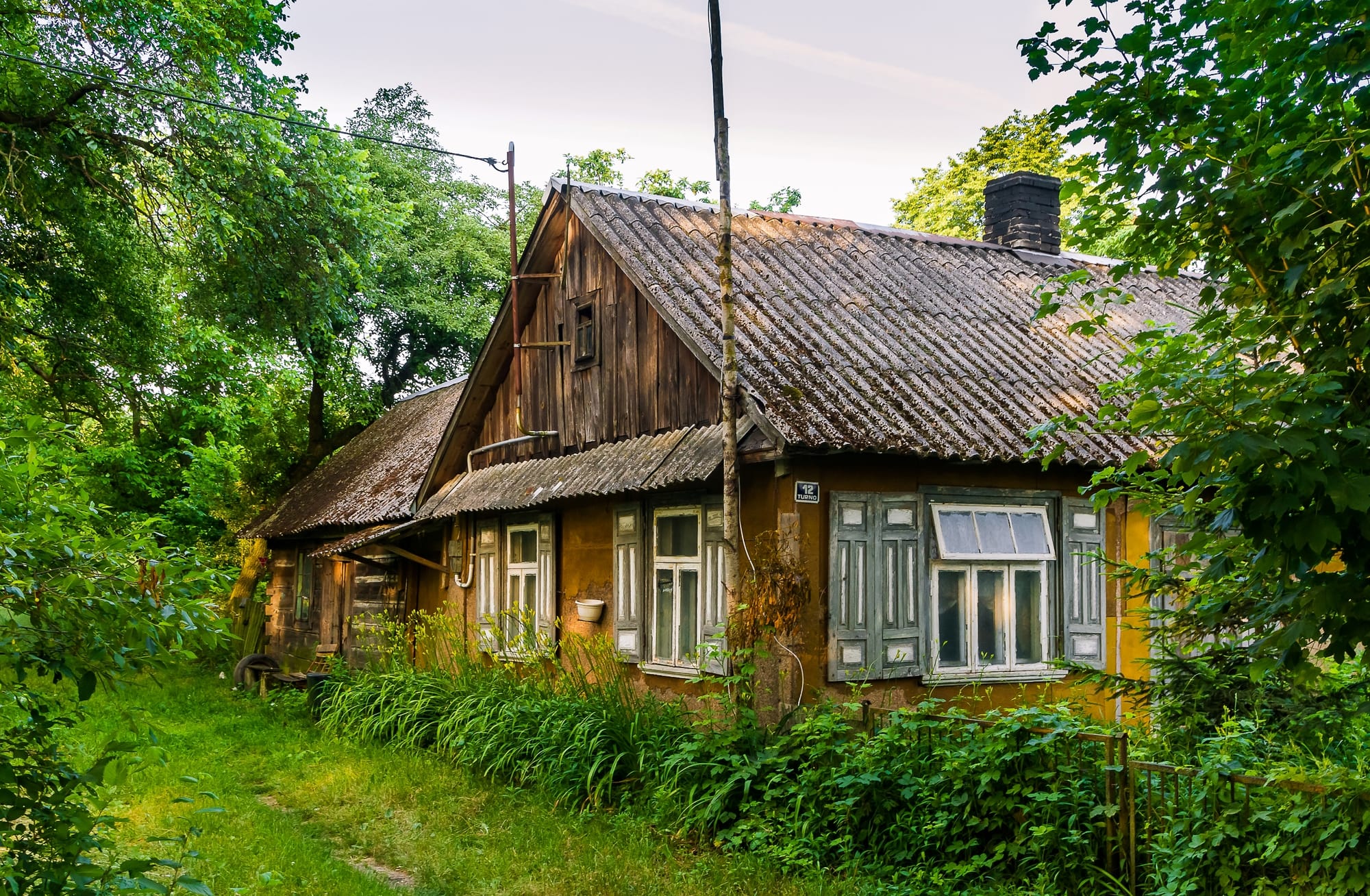
In the face of the hetman's categorical opposition to his plans to marry, Tadeusz and Ludwika made an unfortunate attempt to escape abroad. The lovers were caught up and separated by the Hetman horse chase, and the resisting Kościuszko, wounded, took refuge in a nearby village. Threatened with revenge by Ludwika's father, Kościuszko emigrated to America, and his beloved, without her own will, was married to Prince Lubomirski.
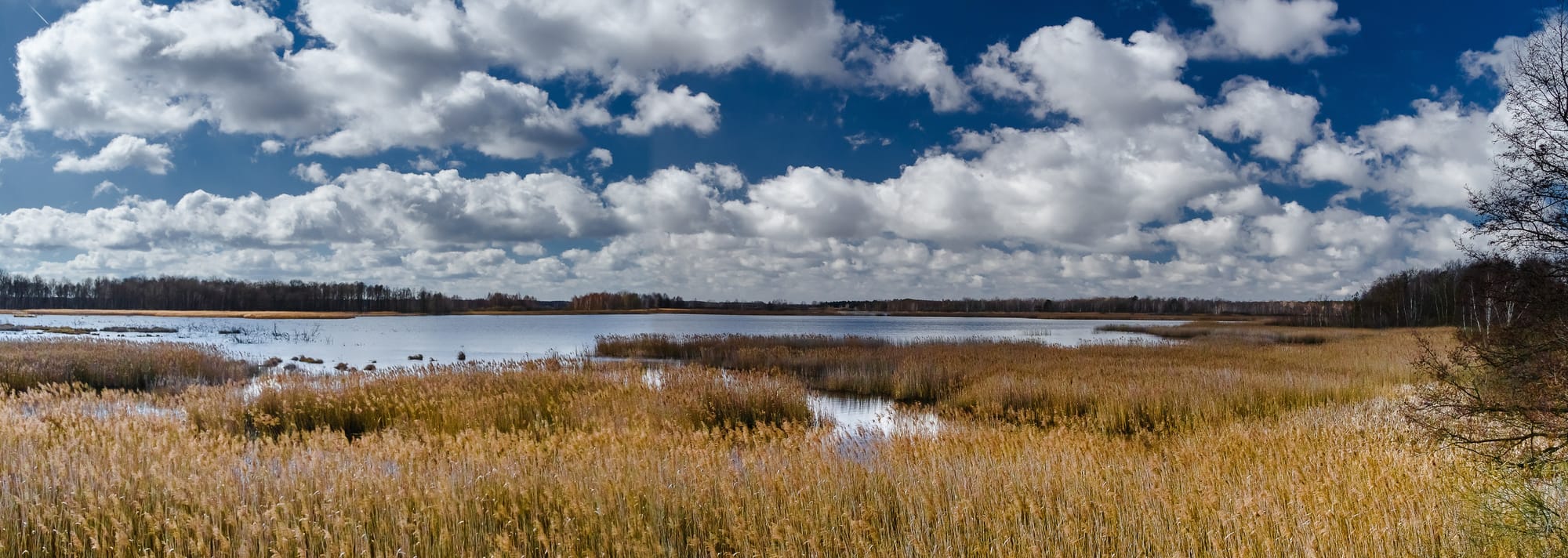
The past of Sosnowica is extremely rich. Battle history enthusiasts can spend hours exploring the dramatic events of the January Uprising, World War I, the Polish-Bolshevik War, the September Campaign, and the numerous activities of various organizations during and after the Nazi occupation.
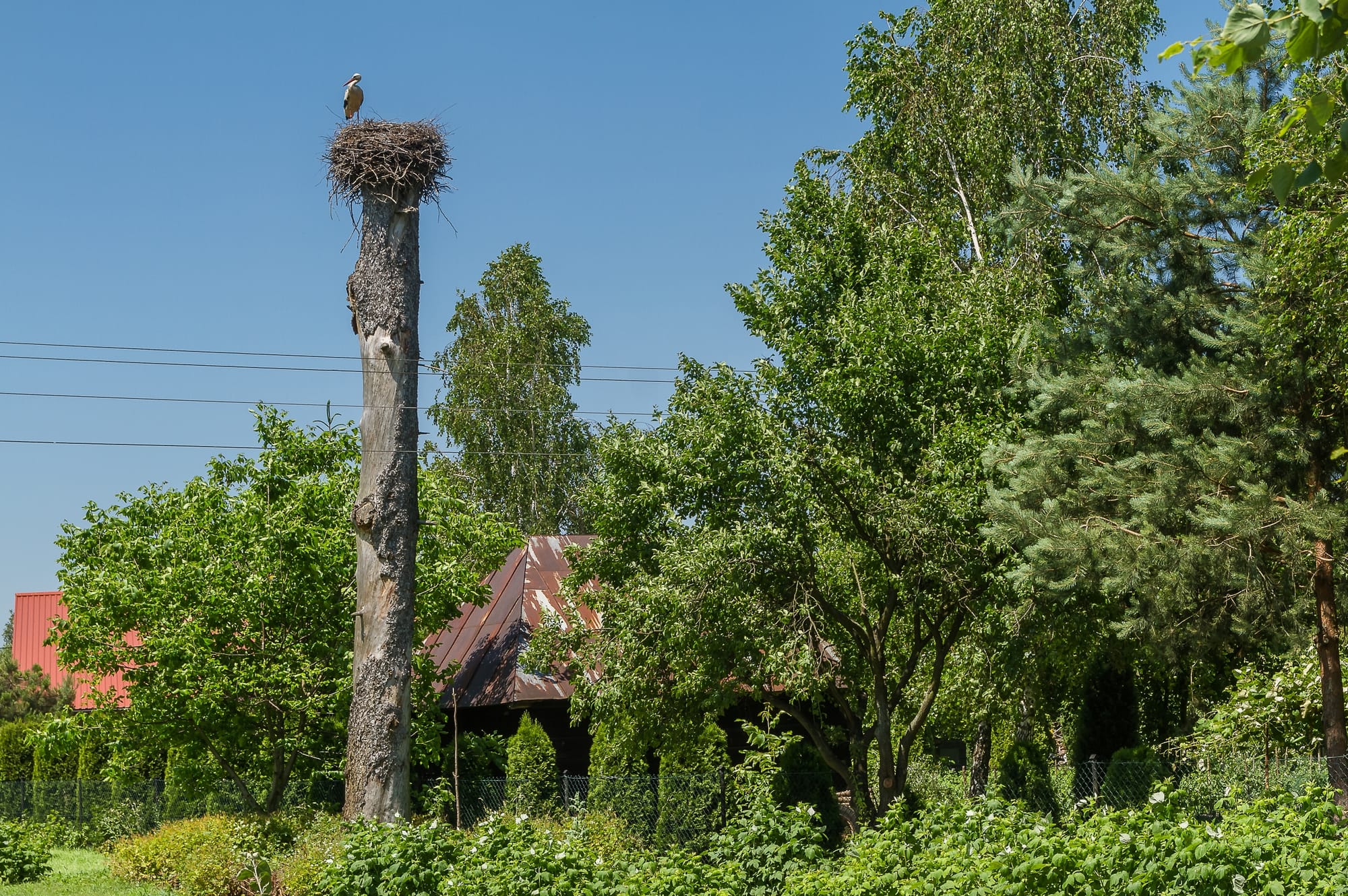 o
o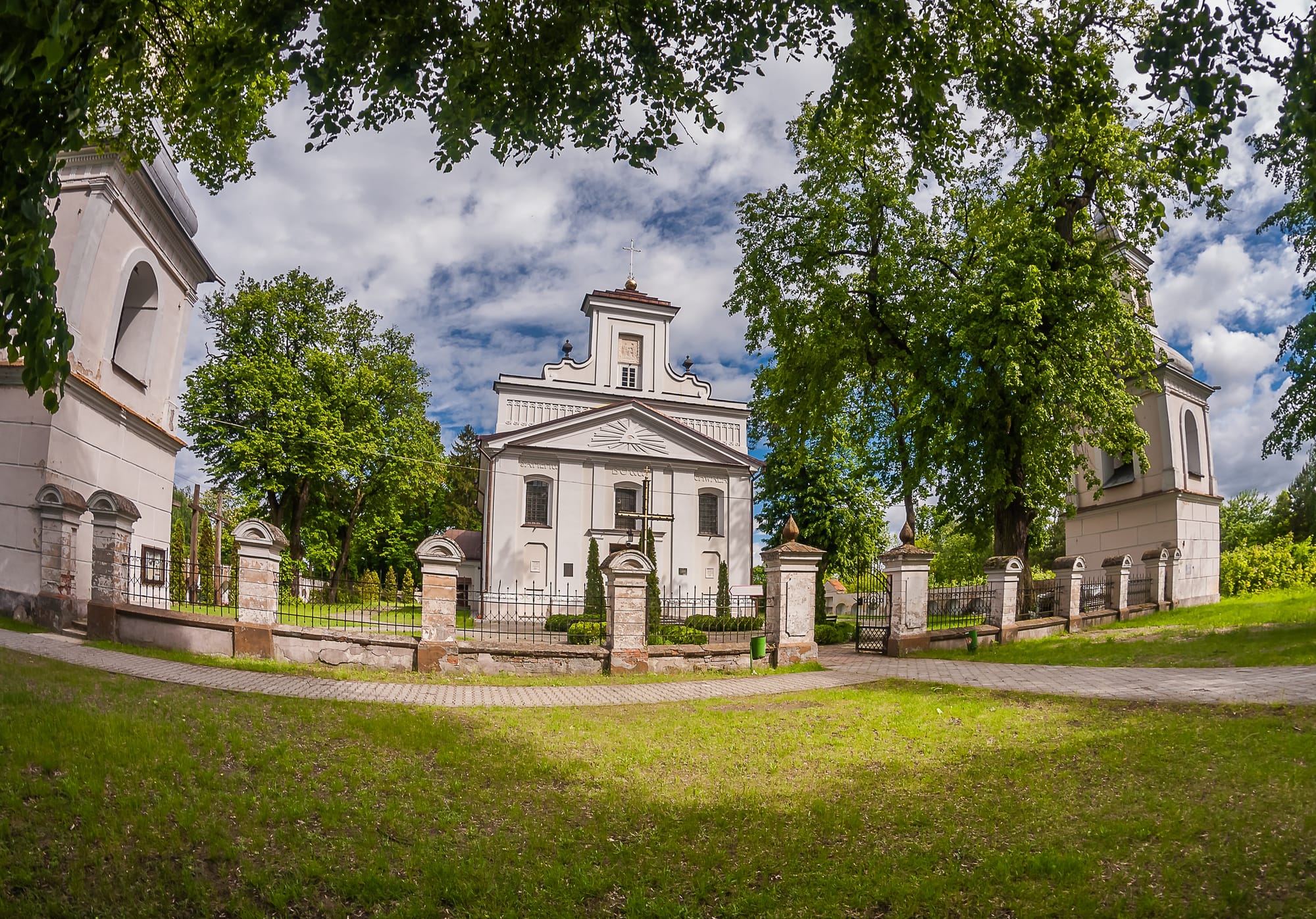
During the Second World War, Krystyna Krahelska, a poet and heroine of the Warsaw Uprising, lived in Pieszowola, and the Kurgan from 3,500 years ago from the period of the Třinecko culture, where a skeleton burial took place, survived in Zienki. In all the villages located in the commune, there are still quite numerous examples of traditional wooden residential and farm buildings, so characteristic of Polesie.
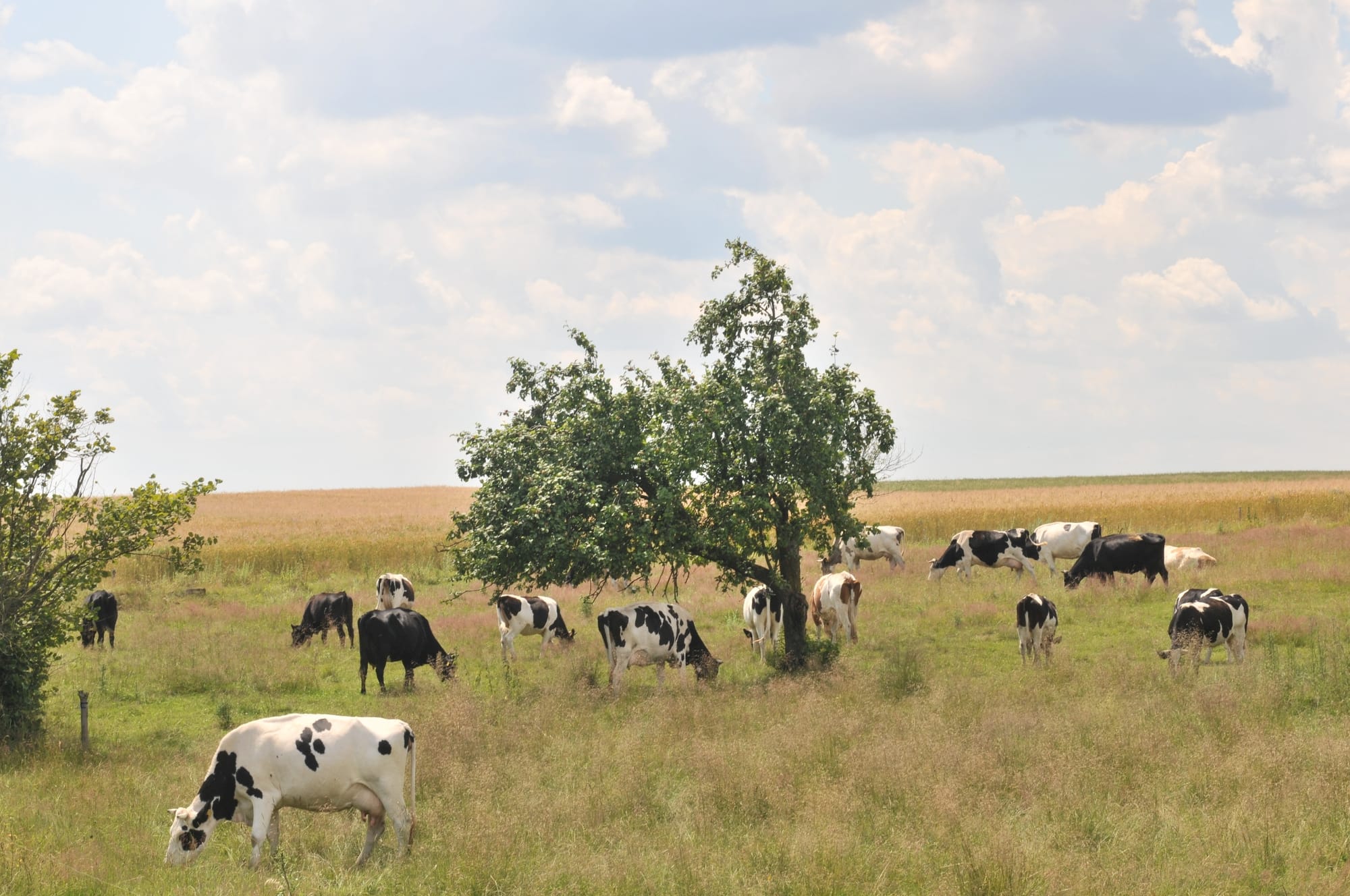 o
o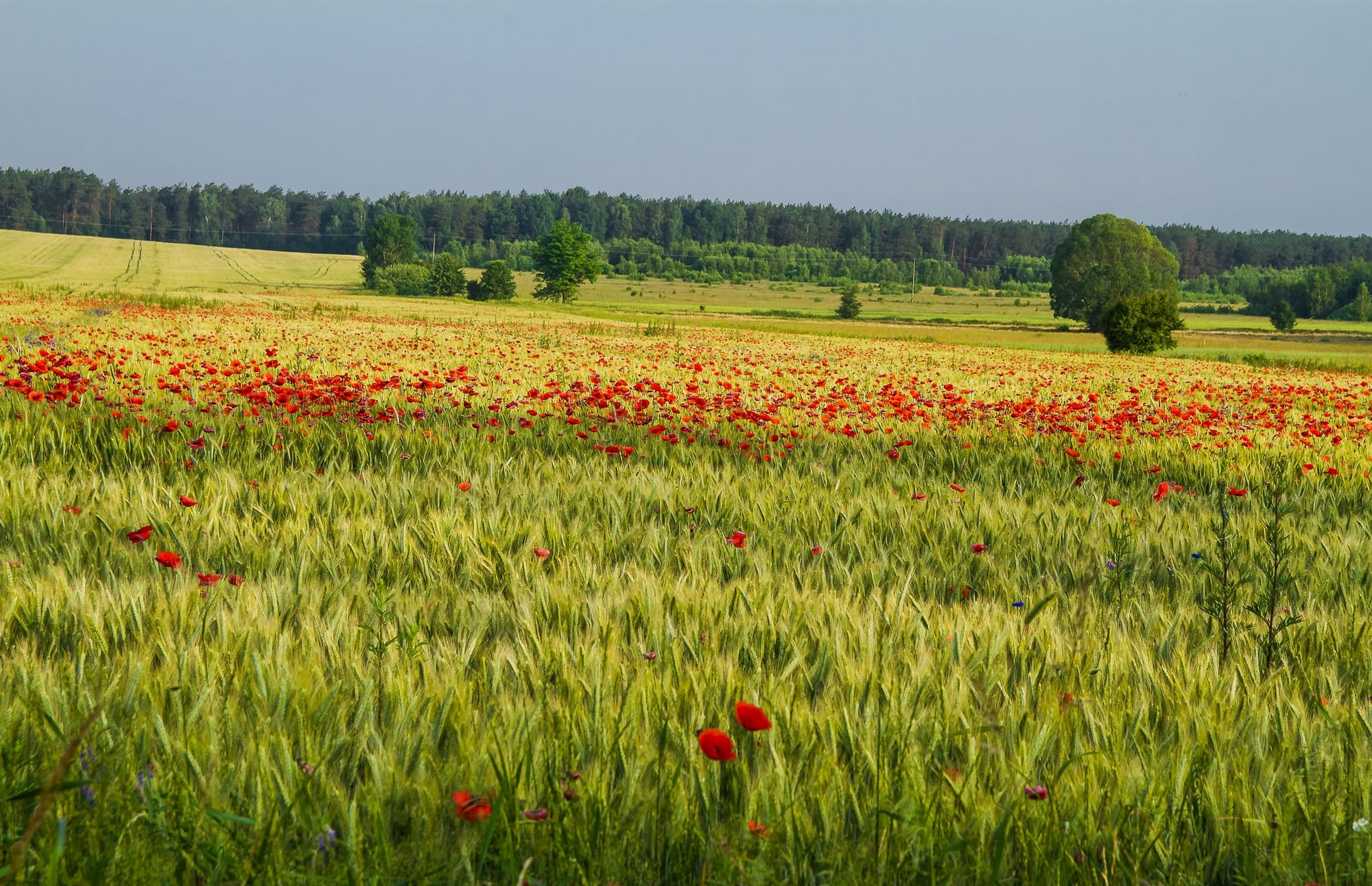
The most valuable areas of the commune in terms of nature are protected in the Torfowisko reserve at Lake Czarny and in the Poleski National Park. Legally protected areas cover 68% of the commune's area. Vast and diverse forests, numerous lakes, peat bogs, meadows and a rich world of plants and animals make this area extremely friendly for lovers of nature observation, lovers of mushroom picking and hiking and cycling. Almost half of the commune's area is overgrown with forests, which in the northern part form a vast complex. These values are captured in their paintings by visual artists who have been presenting their works in July during the open air painting organized by the Municipal Culture Center for many years.
